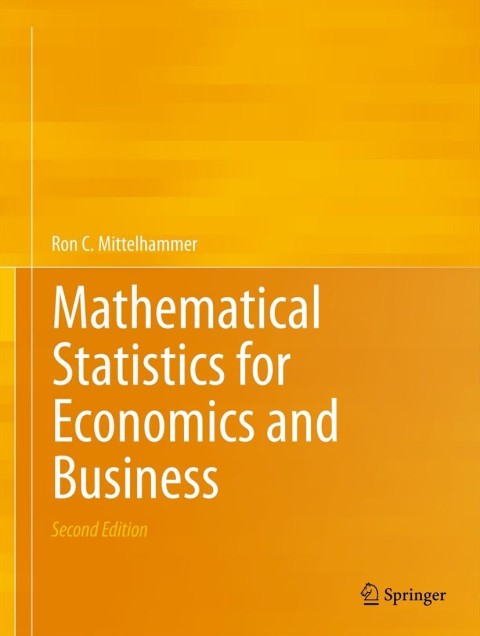Scott Willard, a famous weatherman on national TV, states that the temperature on a typical late fall
Question:
Scott Willard, a famous weatherman on national TV, states that the temperature on a typical late fall day in the upper midwest, measured in terms of both the Celsius and Fahrenheit scales, can be represented as the outcome of the bivariate random variable \((C, F)\) such that
\(\mathrm{E}\left[\begin{array}{c}C \\ F\end{array}ight]=\left[\begin{array}{c}5 \\ 41\end{array}ight]\) and \(\boldsymbol{\operatorname { C o v }}(C, F)=\left[\begin{array}{ll}25 & 45 \\ 45 & 81\end{array}ight]\).
(a) What is the correlation between \(C\) and \(F\) ?
(b) To what extent is there a linear relationship between \(C\) and \(F\) ? Define the appropriate linear relationship if it exists.
(c) Is \((C, F)\) a degenerate bivariate random variable? Is this a realistic result? Why or why not?
Step by Step Answer:

Mathematical Statistics For Economics And Business
ISBN: 9781461450221
2nd Edition
Authors: Ron C.Mittelhammer





